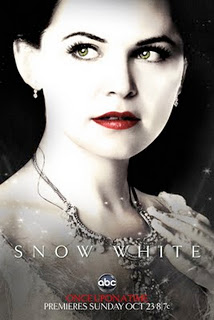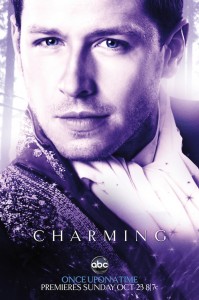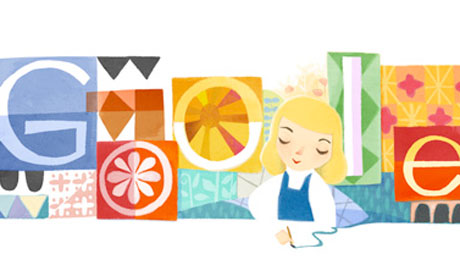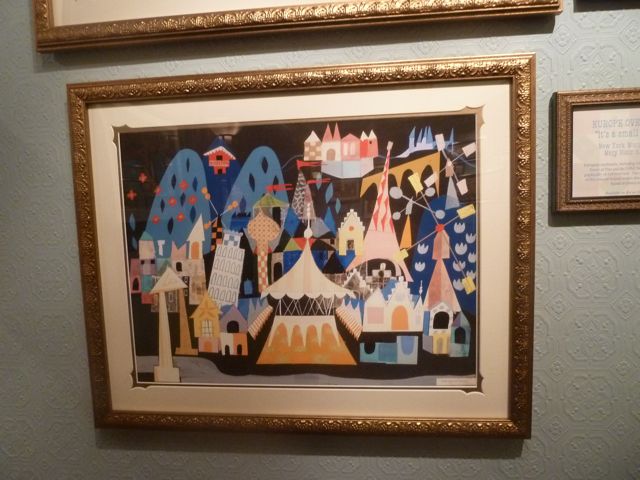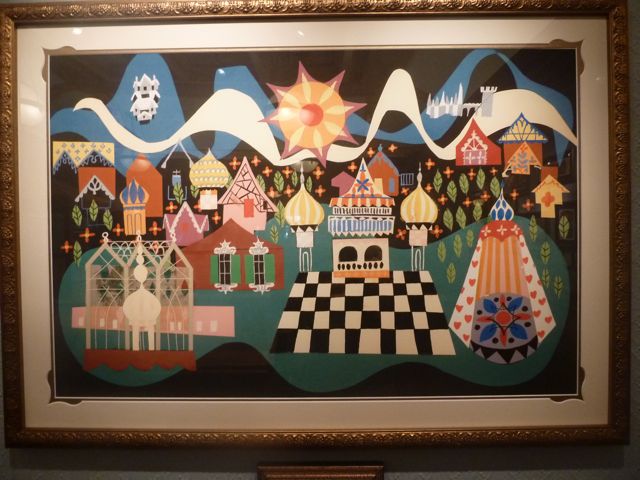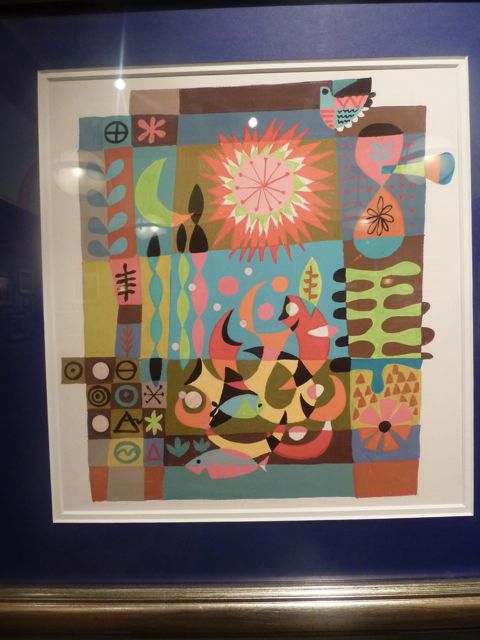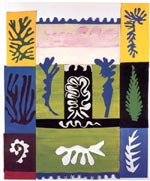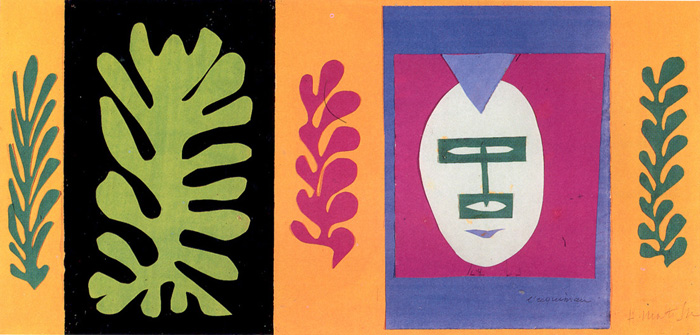Anticipating Scorsese's Hugo
 Tuesday, November 8, 2011 at 09:11AM
Tuesday, November 8, 2011 at 09:11AM Trailers for Hugo suggest the film has great possibilities for being a wonderful holiday family film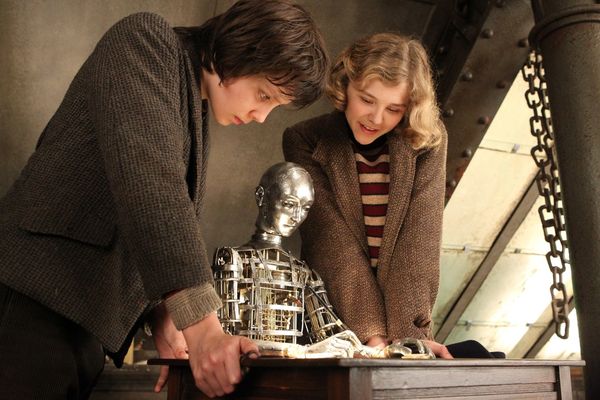 Hugo (Asa Butterfield) and Isabelle (Chloë Moretz) in Hugo (2011).. When I first heard about the film, I thought it a little unusual that Martin Scorsese would be directing Hugo and filming it in 3-D. The book is a visual treat. It was the first chapter book and graphic novel to receive the Caldecott Award. Yet, the idea of turning it into a film seemed charming, but worrisome. Chris Van Allsberg's holiday picturebook The Polar Express became rather creepy in the film version that used high tech animation that made the characters seem less like people and more like robots. Many teachers like this book, and film, because, perhaps, it allows them to talk about the Christmas holiday in the classroom without bringing in Christianity but still bringing in the related ethics. On the opposite end of the religious spectrum, The Golden Compass film of 2007 based on the first book in Philip Pullman's His Dark Materials series has a haunting, dark world that is not at satisfying as the way it's described in the books.
Hugo (Asa Butterfield) and Isabelle (Chloë Moretz) in Hugo (2011).. When I first heard about the film, I thought it a little unusual that Martin Scorsese would be directing Hugo and filming it in 3-D. The book is a visual treat. It was the first chapter book and graphic novel to receive the Caldecott Award. Yet, the idea of turning it into a film seemed charming, but worrisome. Chris Van Allsberg's holiday picturebook The Polar Express became rather creepy in the film version that used high tech animation that made the characters seem less like people and more like robots. Many teachers like this book, and film, because, perhaps, it allows them to talk about the Christmas holiday in the classroom without bringing in Christianity but still bringing in the related ethics. On the opposite end of the religious spectrum, The Golden Compass film of 2007 based on the first book in Philip Pullman's His Dark Materials series has a haunting, dark world that is not at satisfying as the way it's described in the books.
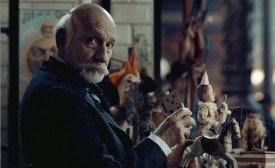 Ben Kingsley in Hugo.So, we'll see about how Hugo does. The early reviews from the New York Film Festival in October are positive; looks like the film appeals to adults as well as kids. Scorsese's interview with The New York Times suggests that turning the book into a film had to be appealing for him on several levels, including the opportunity to re-create George Méliès’s glass studio. Scorsese said, "We started replicating scenes from Méliès films as best we could. ...With Méliès’s films, especially the hand-colored ones, it’s like illuminated manuscripts come alive. We shot Méliès shooting his films for five or six days. It was one of the best times I’ve had shooting a picture."
Ben Kingsley in Hugo.So, we'll see about how Hugo does. The early reviews from the New York Film Festival in October are positive; looks like the film appeals to adults as well as kids. Scorsese's interview with The New York Times suggests that turning the book into a film had to be appealing for him on several levels, including the opportunity to re-create George Méliès’s glass studio. Scorsese said, "We started replicating scenes from Méliès films as best we could. ...With Méliès’s films, especially the hand-colored ones, it’s like illuminated manuscripts come alive. We shot Méliès shooting his films for five or six days. It was one of the best times I’ve had shooting a picture."
I do think that this is probably going to be a film for children 8 and up and very appealing to tweens. The complicated storyline is not one that young children may be able to easily follow.



